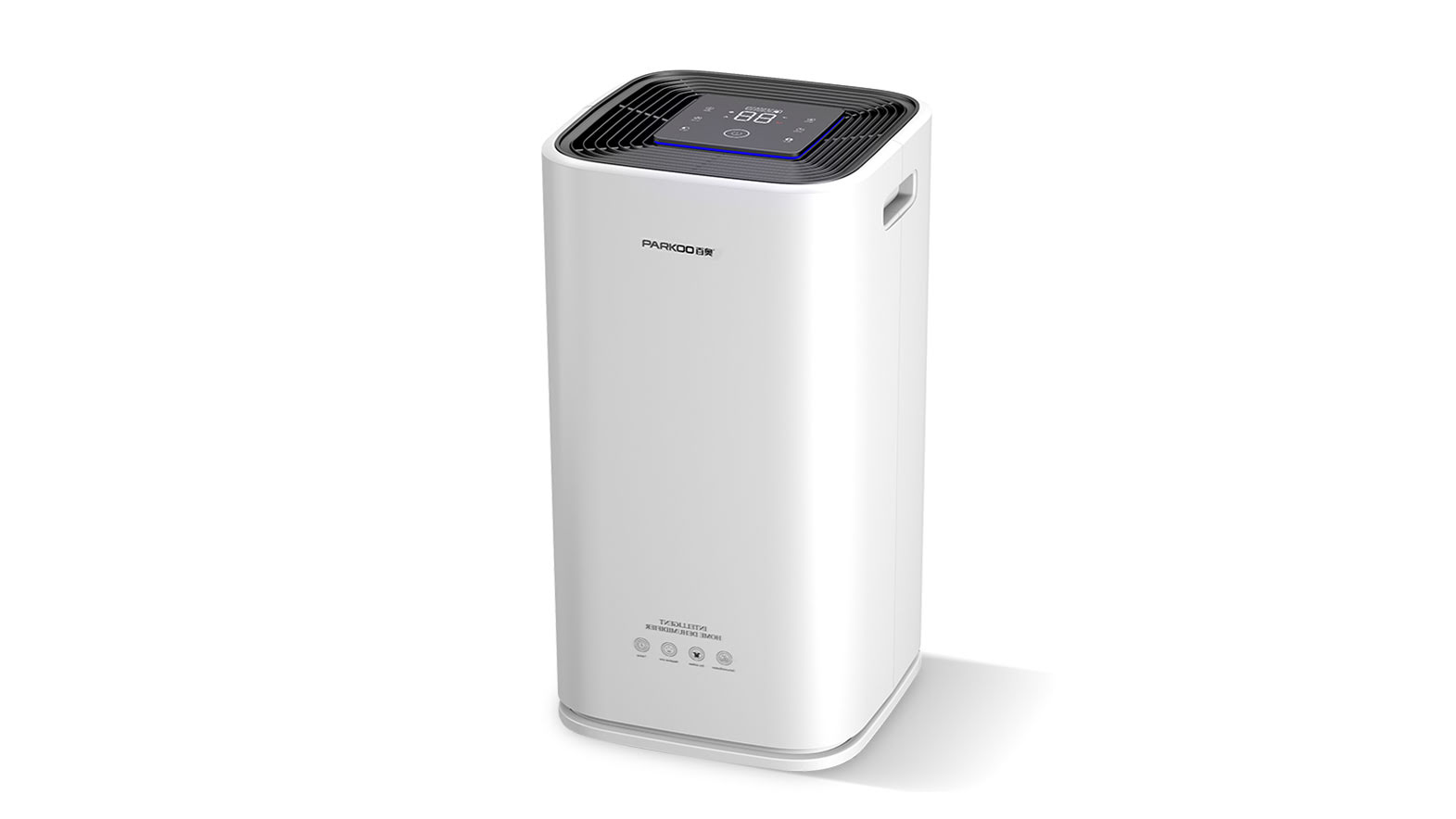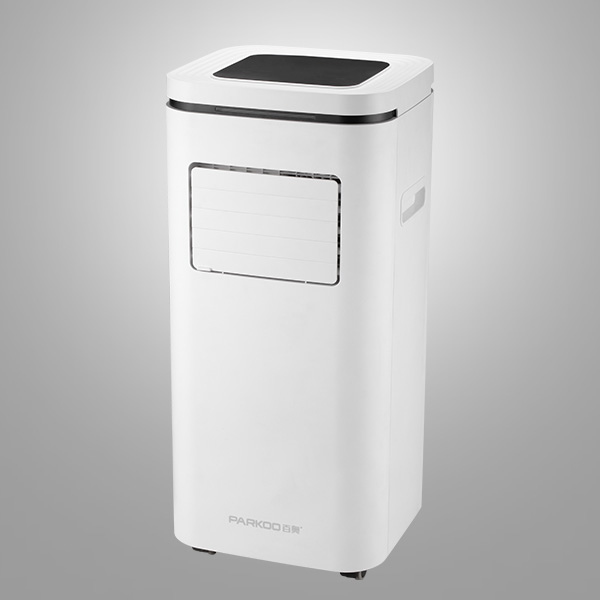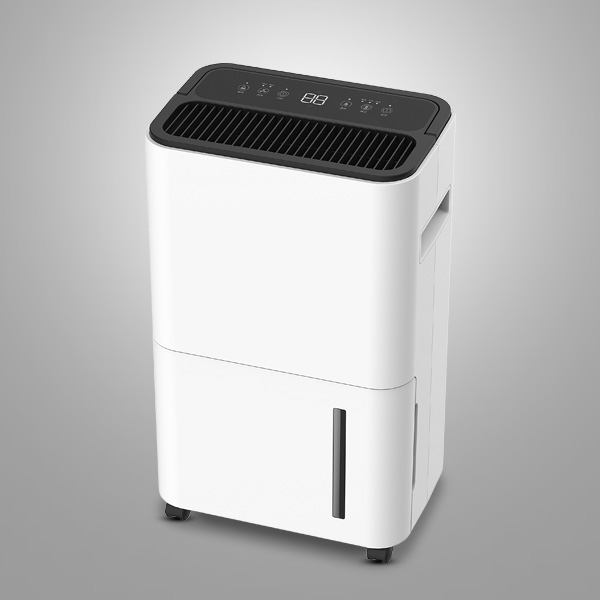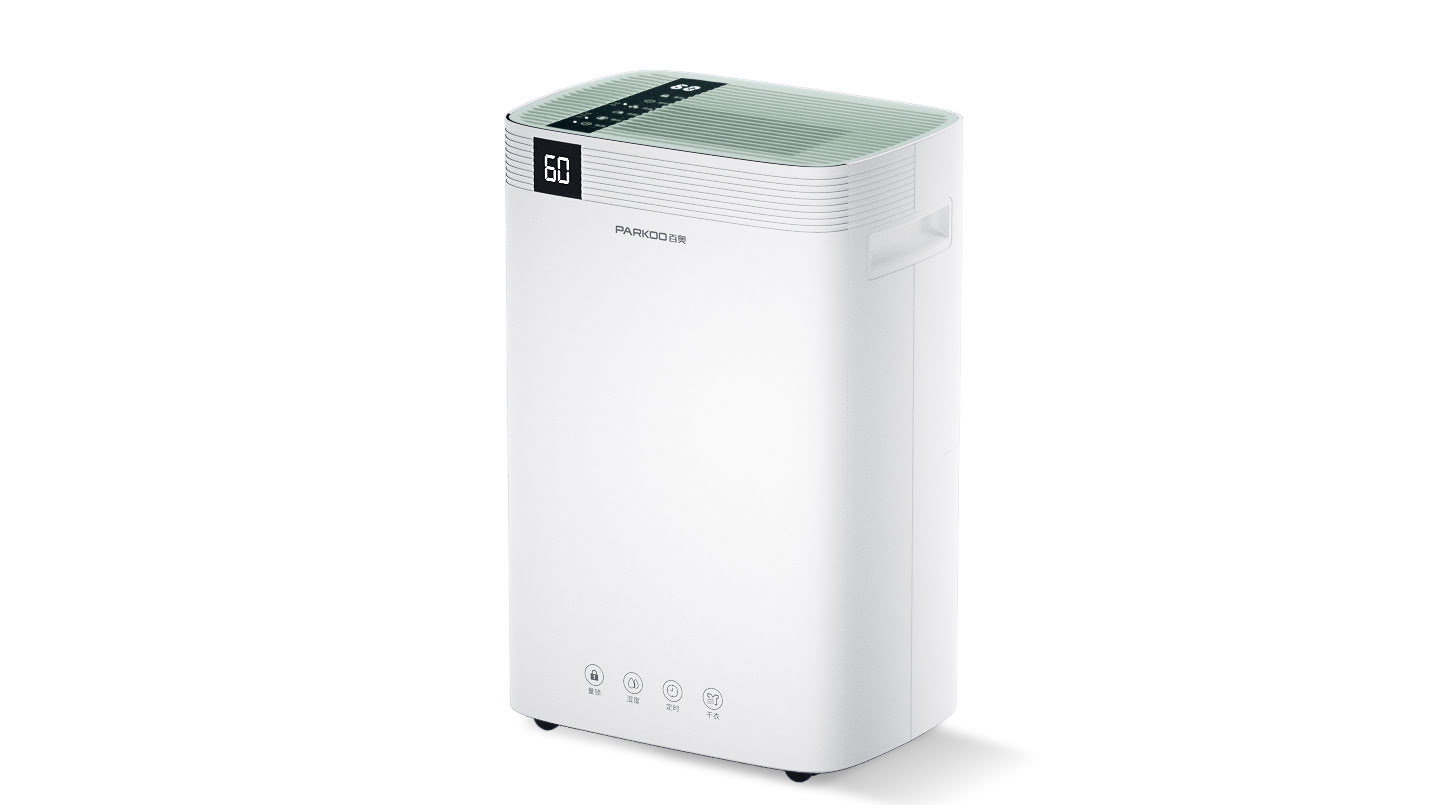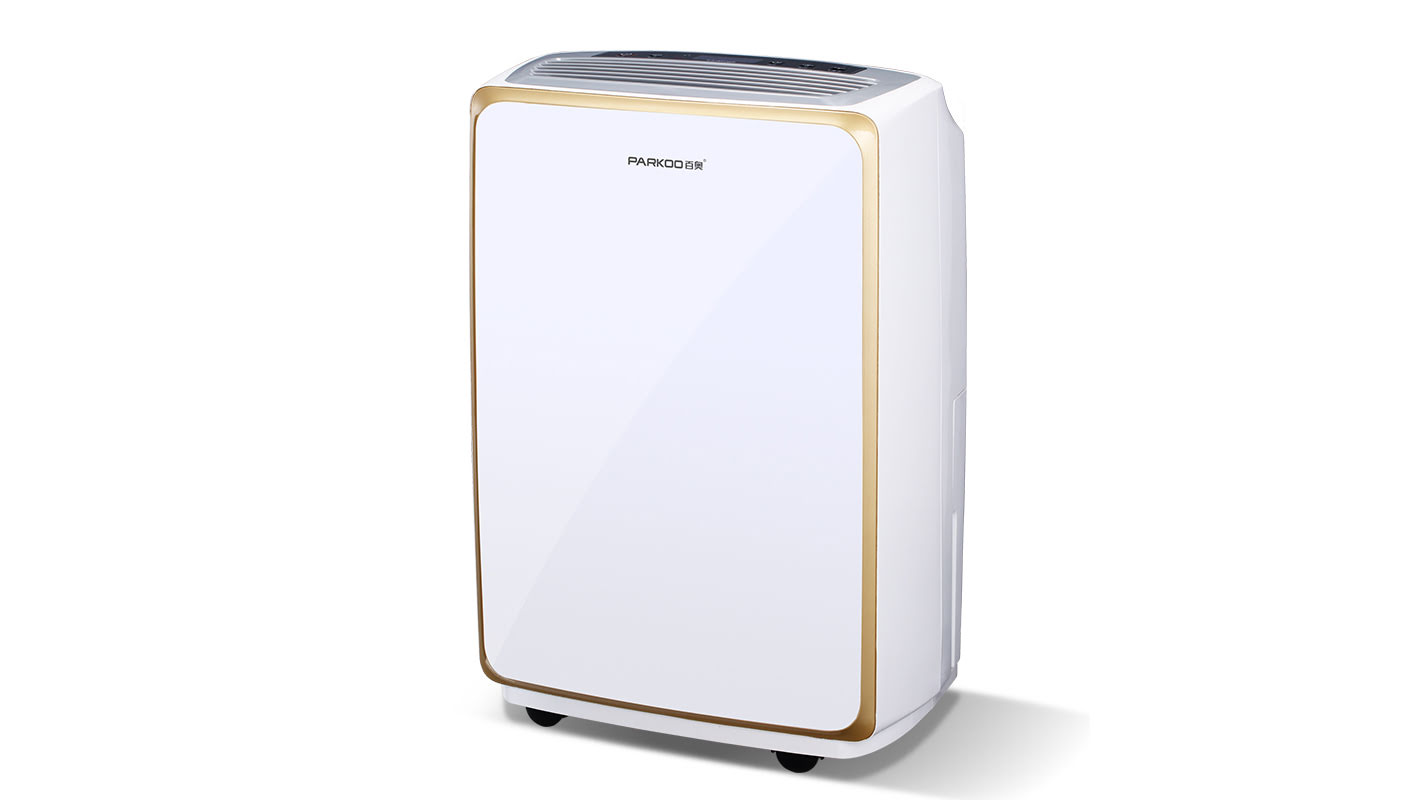How to resist corrosion in semiconductor Manufacturing? Industrial dehuMidifiers help companies Improve yield
Moisture/Humidity leads to corrosion of "circuit points", condensation on the surface of microchip circuits, and improper adhesion of pHotoresist leading to operational failure of semiconductor assemblies.
general Recommendations
The relative humidity in the semiconductor assembly manufacturing area should be Maintained at 30% RH, 20°C (70°F).
Semiconductor ...... Microcircuits and Microchips - Manufacturing requires very Precise conditions to be maintained in the fabrication/processing area. Components used in semiconductor assembly/processing are typically hygroscopic and therefore highly susceptible to high humidity conditions. High humidity conditions lead to chip Handling failures, improper adhesion, circuit point corrosion and many other problems.
Humidity Control ...... An Important variable -
Prevents corrosion of "circuit points".
Prevents condensation on microchip circuit surfaces.
protects equipment
better adhesion of photoresist
Therefore, humidity control beComes a necessity
1.Assembly area
In the production of semiconductors and integrated circuits, excess moisture can adversely affect the bonding process and increase defects. Photosensitive polymer compounds called photoresists are used to mask the electrical circuits used in the etching process. Due to their hygrosCOPic nature, they absorb moisture, causing microscopic Electrical circuits to be cut or bridged, resulting in circuit failures.
2. Wafer fabrication area
during wafer fabrication, a rotator cools the wafer surface by spraying developer on the wafer surface, causing the solvent present on the wafer to evaporate rapidly. this results in condensation of water vapor from the air on the wafer surface. This additional water on the wafer Causes a change in the propeRTies of the developer. The resist also absorbs water, causing the polymer to swell. controlling the relative humidity to 30% eliminates the possibility of Cooling the wafer surface below the dew point of the air surrounding the wafer surface, thus Preventing failure and deterioration.
3. Photo Lithography room
Conditions in the photolithography chamber Need to be maintained between 20% and 35% RH at approximately 70°F. excessive moisture can cause the silica to absorb water, resulting in improper adhesion of the photoresist, which can lead to stress rupture and surface defects.
4. Faster vacuum Pump deceleration
If the humidity level is high, then vacuum equipment such as cryogenic pumps run slower due to the large load of water vapor. If the RH level can be kept between about 30-35%, then the batch processing speed is significantly reduced.
5. For protection of EPI equipment
Water vapor or moisture condenses on the cooling surfaces of epitaxial equipment, corroding components and causing operational failures and process slowdowns. Industrial dehumidifiers are effective in maintaining the most stringent humidity conditions required in semiconductor manufacturing areas because they are able to maintain RH at a Constant level as low as 1% or even lower, regardless of Environmental conditions.
